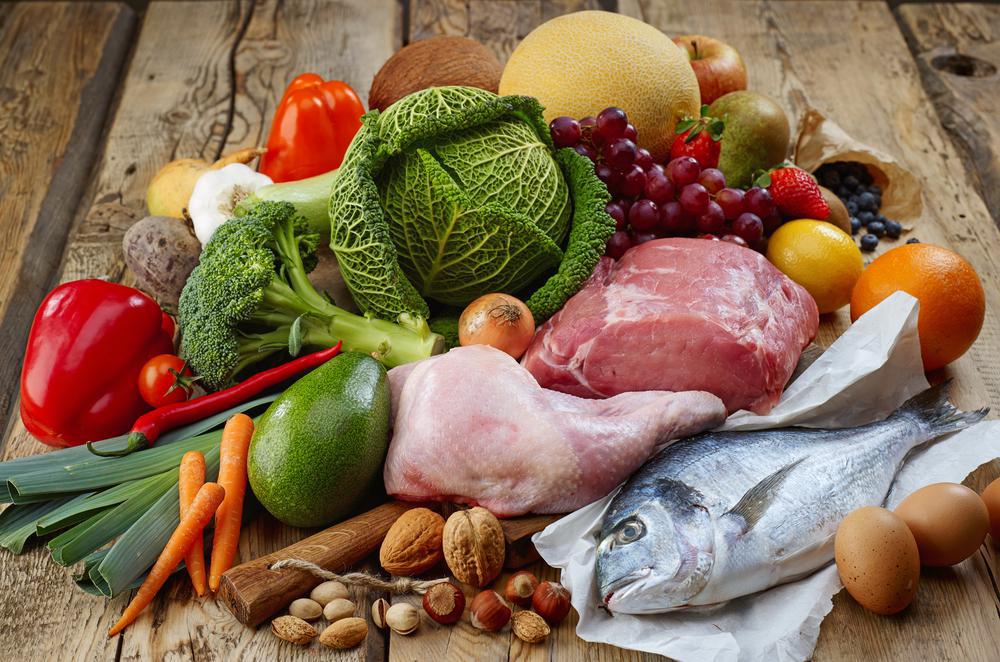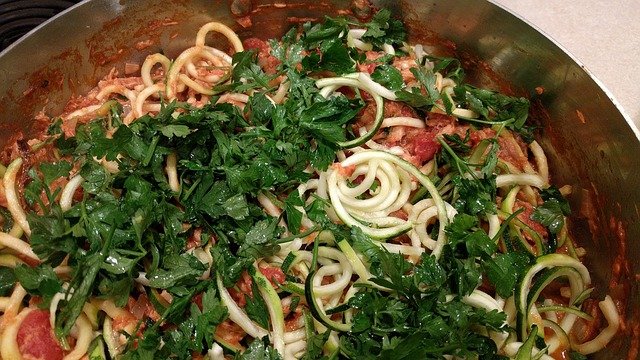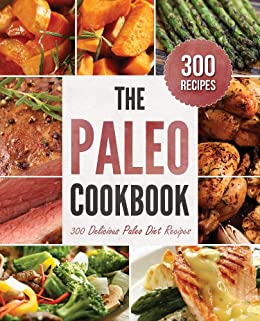
A new paleo diet study suggests that the lack of grains may be partly to blame for the reduced risk of heart disease. Participants consumed 28 grams of fiber daily and ate mostly nonstarchy vegetables. The total amount of carbohydrate they consumed was ninety grams daily. The lack of carbohydrates was a contributing factor to their risk. They would not have had access grains to provide them with carbohydrate intake. Instead, the study recommended eating starchy vegetables such as tubers and fruits, which would have increased their carbohydrate intake and resistant starch levels.
Low-carb Paleo diet
There are still many myths surrounding the low-carb Paleo diet. Many of these myths originate from outdated nutrition and diet myths that are still prevalent in many doctors' offices. Low-carb diets have been proven effective in weight loss. However, not everyone will benefit from them. Before beginning the Paleo lifestyle, it is important you read all about it.
A typical paleo diet can put many people at risk of vitamin D and calcium deficiencies, which are vital nutrients for bone health. Saturated fats and too many protein can increase the risk of heart disease, cancer, kidney disease, and other health issues. Paleo may offer some benefits to those at high risk for developing cardiovascular disease. If this is true, low-carb Paleo diet may be the best option for you.

A Paleo low-carb diet is not only beneficial for reducing inflammation. Low-carb diets are well-known for reducing blood sugar spikes as well as improving insulin sensitivity. They can also improve gut health and prevent inflammation. For more information, you can read the Low Carb Paleo Diet Study. For weight loss, you don’t have to follow the Paleo diet.
Dr. Oz concluded that carbs should constitute 45 to 65 percent of your daily caloric needs. You will get 900-1,300 calories from carbs if you consume 2000 calories per daily. The equivalent of 225 to 325g of carbs per day is 225 to 300 calories. A low-carb diet can, however, have very little carbohydrate content.
A paleo diet is more flexible than a ketogenic diet. It encourages you not to restrict carbohydrates but instead encourages you eat more fruits, vegetables, and lean protein. It's much easier to stick to a low-carb Paleo diet if you know what you're eating. You will be less likely to get frustrated about your diet and body. You will be less stressed and can lose weight easier.
High-protein Paleo diet
One of the most common questions that Paleo followers have is what is a high-protein diet. It's important to know the limits before attempting this diet. The upper limit on protein intake is around 30% of total calories. But, this is a limit, and not an absolute. High-protein diets still need carbohydrates and fat. The higher the protein intake, the more likely it is that you'll gain weight.

Proteins from meat and dairy can be absorbed easily by the body because they are bioavailable. However, animal proteins are more easily absorbed than those made from plant-based protein. Because it has been predigested, beef protein is more easily absorbed. The cows that produce beef protein in Sweden are hormone-free and antibiotic-free. Hydrolyzed beef is easier to digest.
People find it difficult to adhere to a study diet because of the high cost. It is more expensive to eat protein than carbs and fat. The social factors involved also make it difficult to stay on a diet, such as not wanting to look strange in a restaurant. However, there are ways to reduce costs while on a Paleo diet. And if you feel the need to eat out, there are many ways to handle cravings and keep yourself motivated. There are many options to help you stay on track while not feeling guilty. You can read more about these issues in the index page of the site.
The high-protein and low-carbohydrate portions of the paleo diet have numerous health benefits. The lower sugar and carbohydrate content of the diet may increase insulin sensitivity and glycemic control, but these effects are not statistically significant. Studies that looked at blood pressure levels also found statistically significant reductions in diastolic blood pressure among paleo diet participants. The studies involved nine to 29 participants over a 10-day period. They also included a 12-week follow-up.
FAQ
Do I need any special equipment to cook?
To learn to cook, you don’t need to have any special equipment. However, the right tools can make it easier to cook. You could, for example, use a spoon to make pasta or a whisk to whip the egg whites into stiff peaks. The right tools make cooking easier and faster.
How Long Does it Take to Become a Chef? What's the average career path for a chef?
Becoming a chef takes approximately five years. During this time, you will study basic cooking techniques and gain experience working as a kitchen assistant. Once you have completed your training, you may apply for executive, sous, and line chef positions. The average annual salary for a professional chef is between $25,000 and $60,000
What's the difference between a professional chef and an amateur cook?
A chef prepares food to be served to others. A cook prepares food for himself or herself. Although both jobs require you to prepare food, a chef is more involved in serving customers. This means they may have to decide what to serve guests based on their preferences. Cooks don't interact with customers. Instead, he or she ensures that the food tastes good before serving it to anyone.
Statistics
- The median pay for a chef or head cook is $53,380 per year or $25.66/hour, according to the U.S. Bureau of Labor Statistics (BLS). (learnhowtobecome.org)
- You'll be amazed that over 90% of CIA students receive scholarships and grants to finish their culinary studies. (ischoolconnect.com)
- On average, chefs earn $58,740 a year, according to the BLS. - learnhowtobecome.org
External Links
How To
How to cook a steak
The thickness of any meat will dictate the cooking method. For example, thinner steaks are best cooked over low heat, while thicker ones need higher temperatures.
Don't overcook them as they will lose flavor. You should always remove the steak from the skillet when it's done. This will prevent you from burning yourself.
Cooking times depend on the size of the steak and the desired degree of doneness. Here are some general guidelines.
Medium Rare: Cook until medium rare, which means the internal temperature reaches 145degF (63degC). This should take between 3 and 5 min per side.
Medium: Cook the meat until it reaches 160°F (71°C). This normally takes around 6 minutes per side.
You are done when the internal temperatures reach 180°F (82°C). This usually requires 8 to 12 minutes per side.